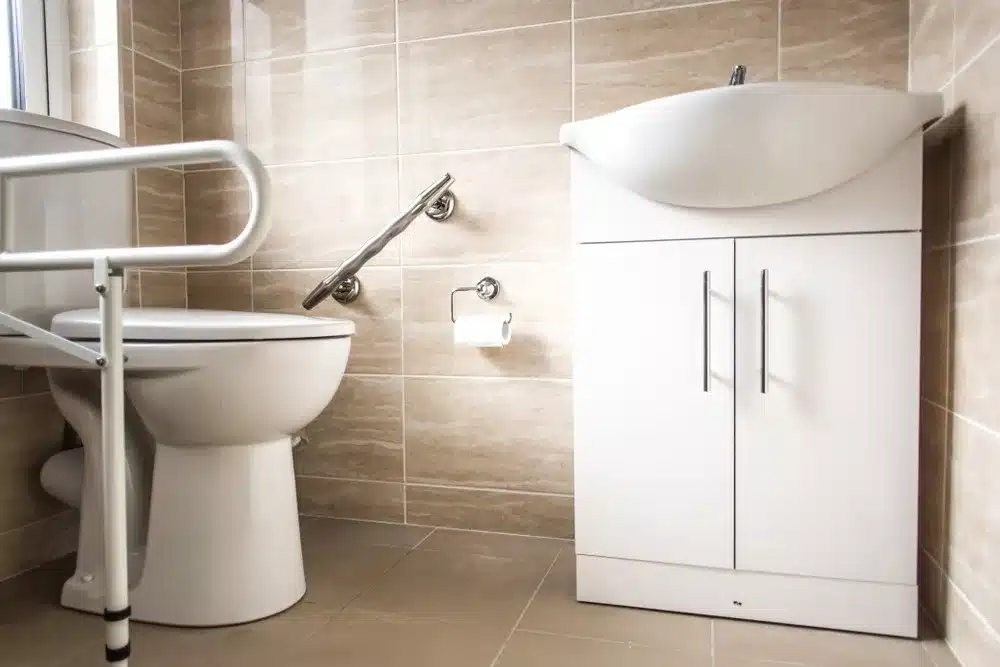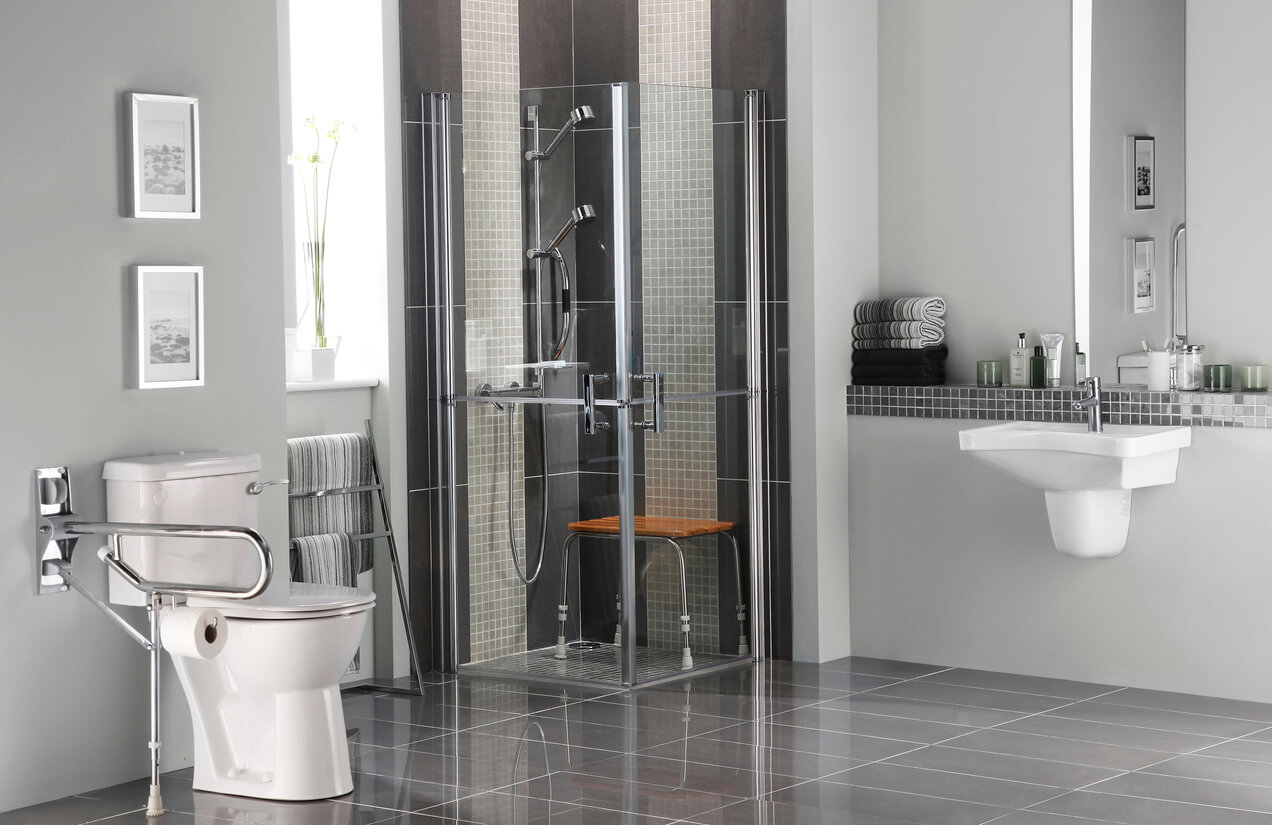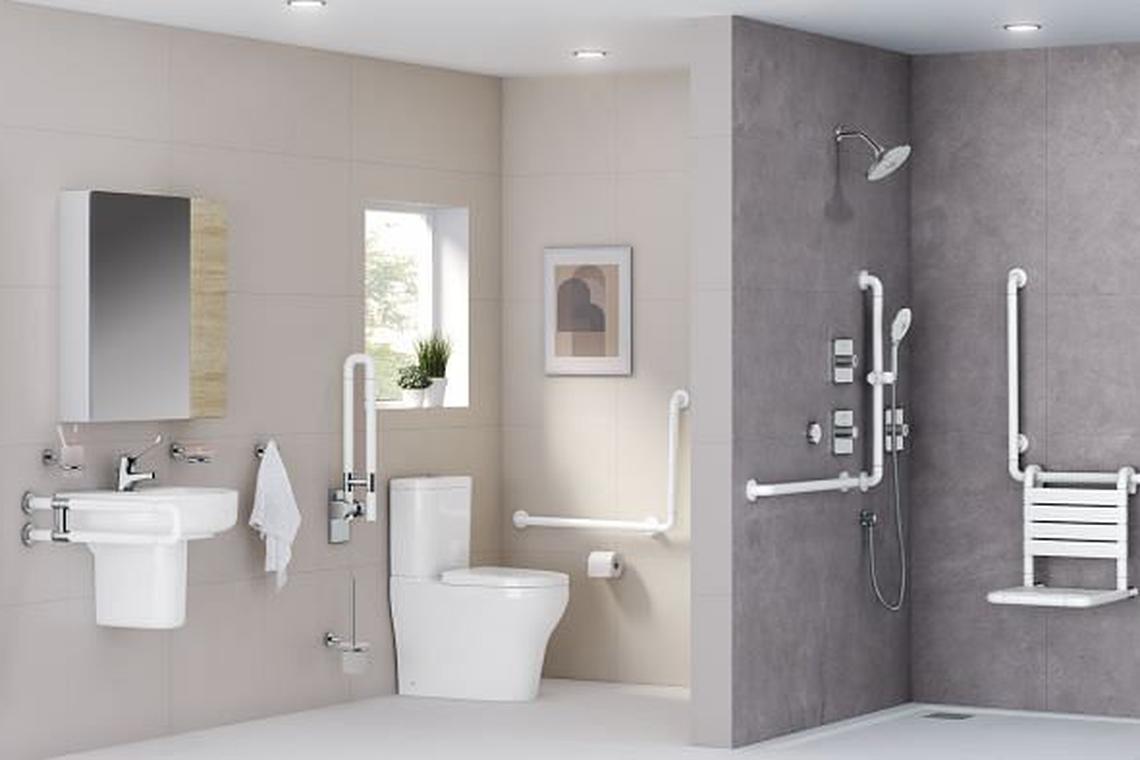As we grow older, maintaining independence becomes increasingly important. For seniors, the bathroom can present significant challenges, particularly when it comes to using the toilet. This is where adaptive toilet equipment plays a crucial role. By incorporating the right equipment, seniors can ensure their comfort and safety, ultimately preserving their independence.
Adaptive toilet equipment is designed to meet the unique needs of seniors. It includes a range of products that can be tailored to individual requirements, ensuring that the bathroom remains a safe and accessible space. In this article, we will explore the various types of adaptive toilet equipment, their benefits, and how they can enhance the quality of life for seniors.

Understanding Adaptive Toilet Equipment
What is Adaptive Toilet Equipment?
Adaptive toilet equipment refers to a variety of tools and devices specifically designed to assist individuals with physical limitations in using the toilet. These tools range from simple grab bars to advanced bidet systems, each serving a specific purpose in enhancing toilet accessibility.
Why is it Important?
For seniors, maintaining independence is vital. The use of adaptive toilet equipment ensures that they can use the bathroom safely and comfortably, reducing the risk of falls and injuries. This equipment also provides peace of mind for both seniors and their families.
Types of Adaptive Toilet Equipment
Raised Toilet Seats
Raised toilet seats are designed to reduce the distance seniors need to bend when sitting down or standing up from the toilet. This simple modification can significantly reduce strain on the knees and back.
Toilet Safety Frames
Toilet safety frames provide support and stability, making it easier for seniors to sit and stand. These frames are particularly beneficial for those with balance issues or limited mobility. For more information on safety frames, visit our toilet safety frames guide.
Grab Bars
Installing grab bars near the toilet can provide additional support for seniors. They offer a secure place to hold onto, which is especially useful for individuals with balance or mobility issues.
Commode Chairs
Commode chairs are versatile pieces of equipment that can be used in various settings. They serve as a portable toilet option, making them ideal for seniors who may struggle with mobility. Discover more about commode options in our commodes for elderly article.
Bidet Attachments
Bidet attachments can be installed on existing toilets, providing an easy way to enhance personal hygiene. They are particularly beneficial for seniors with limited dexterity.
Benefits of Adaptive Toilet Equipment
Increased Safety
The primary benefit of adaptive toilet equipment is increased safety. By reducing the risk of falls and injuries, seniors can enjoy greater confidence and independence.
Enhanced Comfort
Adaptive toilet equipment is designed with comfort in mind. Features like padded seats and ergonomic designs ensure a pleasant experience for seniors.
Independence Preservation
By making the bathroom more accessible, adaptive equipment allows seniors to maintain their independence. This is crucial for their overall well-being and quality of life.
Choosing the Right Equipment
Assessing Individual Needs
Choosing the right equipment starts with assessing individual needs. Consider factors such as mobility, balance, and any specific medical conditions that may affect bathroom use.
Consulting with Professionals
It’s often beneficial to consult with healthcare professionals when selecting adaptive toilet equipment. They can provide valuable insights and recommendations based on individual needs.
Exploring Options
There are numerous options available, ranging from basic to advanced. Take the time to explore different products and determine which best suits the needs of the senior in question.
Installation and Maintenance
Professional Installation
For certain products, professional installation may be required to ensure safety and effectiveness. This is particularly true for items like grab bars and bidet systems.
Regular Maintenance
Regular maintenance is essential to ensure that adaptive toilet equipment remains in good working condition. This includes checking for wear and tear and addressing any issues promptly.
Conclusion
Adaptive toilet equipment plays a vital role in enhancing the safety, comfort, and independence of seniors. By carefully selecting and maintaining these tools, seniors can continue to enjoy a high quality of life in their own homes. For more bathroom safety tips, you can visit this external guide on bathroom safety.

FAQs
What are the most common types of adaptive toilet equipment?
The most common types of adaptive toilet equipment include raised toilet seats, toilet safety frames, grab bars, commode chairs, and bidet attachments.
How do I choose the right equipment for my needs?
Choosing the right equipment involves assessing individual needs, consulting with healthcare professionals, and exploring available options.
Is professional installation necessary for adaptive toilet equipment?
While some equipment can be installed independently, items like grab bars and bidet systems may require professional installation to ensure safety.
This article contains affiliate links. We may earn a commission at no extra cost to you.

